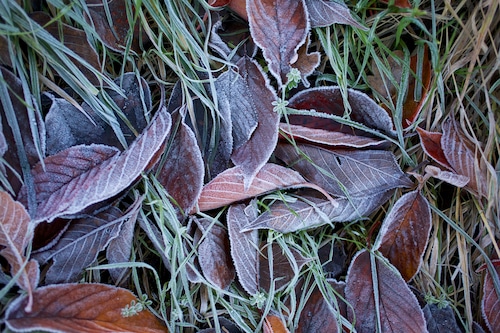OSU Extension offers timely guidance on pest control, fertilization, garden maintenance, and other topics.
Not every region in Oregon will benefit equally from these suggestions. Get in touch with the Extension office in your area for further details.
Sustainable gardening techniques are promoted by the Oregon State University Extension Service.
Instead of using reactive pest treatment, use preventive pest management. Prior to taking action, identify and track issues, then choose the least harmful course of action. Predators and parasitoids that consume insect pests are examples of biological control agents that should be preserved.
Maintenance and cleanup
-
Western Oregon:
Do not walk onlawns
until frost has melted.
-
Spreadwood ashes
evenly on your vegetable garden. Use no more than 1.5 pounds per 100 square feet per year. Don t use if the soil pH is greater than 7.0 or if potassium levels are excessive.
-
Protect new landscape plants from wind. Use stakes, guy wires or windbreaks as needed.
-
Yard sanitation
: rake leaves, cut and remove withered stalks of perennial flowers, mulch flowerbeds, and hoe or pull winter weeds.
-
Turn the compost pile and protect from heavy rains, if necessary.
-
During heavy rains, watch for drainage problems in the yard. Tilling, ditching, and French drains are possible short-term solutions. Consider rain gardens and bioswales as a longer-term solution.
-
Check stored flower bulbs, fresh vegetables, and fruits for rot and fungus problems. Discard any showing signs of rot.
-
Tie limbs of columnar evergreens to prevent snow or ice breakage.
-
Central/eastern Oregon:
Water your plants every six to eight weeks with a deep soaking to keep them from drying out.
-
Western Oregon:
Make sure that landscape plants in protected sites receive water regularly during the winter.
Planting and propagation
-
Western Oregon:
This is a good time toplant trees
and landscape shrubs.
Pest monitoring and management
Read the pesticide label carefully and only use chemical controls when absolutely required. Think on cultural controls first, followed by biological and physical controls. Select the least harmful options and use them sparingly. Horticultural oils, insecticidal soaps, botanical insecticides, and both synthetic and organic pesticides are a few examples.
-
Monitor landscape plants for problems. Don t treat unless a problem is identified.
-
Check for rodent damage around bases of trees and large shrubs. Remove weeds to prevent rodents from using them as hiding places. Use traps and approved baits as necessary.
-
Avoid moundingmulching materials
around the bases of trees and shrubs. The mulch might provide cover for rodents.
-
Monitor spruce trees for spruce aphids. Treat if present in large numbers. Read and follow pesticide label directions.
Indoor gardening
-
Protect poinsettias from cold. Place them in sunlight; don t let the leaves touch cold windows. Fertilize with houseplant fertilizer to maintain leaf color.
-
Monitor houseplants for adequate water and fertilizer. Water and fertilizer requirements generally are less in winter.
Extension Service at OSU
Note: Every piece of content is rigorously reviewed by our team of experienced writers and editors to ensure its accuracy. Our writers use credible sources and adhere to strict fact-checking protocols to verify all claims and data before publication. If an error is identified, we promptly correct it and strive for transparency in all updates, feel free to reach out to us via email. We appreciate your trust and support!







